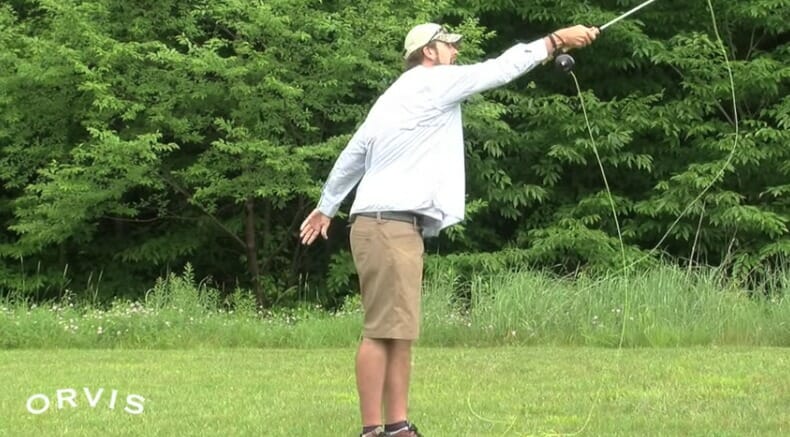I was reminded this week of the importance of being a good caster and not getting too dialed into your more frequent fly-fishing targets.
I live in eastern Idaho. Trout country. A long cast on a small backcountry trout stream might be 30 feet, and that’s rare. But Idaho boasts more than trout, and this time of year, the carp are moving and frolicking in the shallow waters of the Snake River and other reservoirs around the state. Carp require stealth, tenacity, patience … and, yes, longer casts.
I learned to double-haul about 10 years ago while chasing redfish in Louisiana. It was a vital addition to my casting library, and, honestly, it convinced me that my home-grown cast just wasn’t enough to really cut it as I spread my angling wings and started traveling more to saltwater destinations. Bonefish. Tarpon. Permit. Roosters. They all require a double-haul, just to get more distance and more flexibility out of your cast.
It was humbling watching someone chasing reds from the same boat as me throwing 80 feet of line, seemingly without much effort. I remember thinking at the time that I needed that skill. But not so much for reds, which I might get to chase once or twice a year.
I needed that cast for carp.
And, now that I can double-haul with some fluency, my catch rate for my local carp is better. What’s more, I find myself using the double-haul almost intuitively, and not just for carp or saltwater fish. Just last week, I used it on the Fall River in Yellowstone for foot-long rainbows. I just did it … without even thinking.
If you don’t know the double-haul, learn it. Orvis’ Pete Kutzer offers a great tutorial above.



